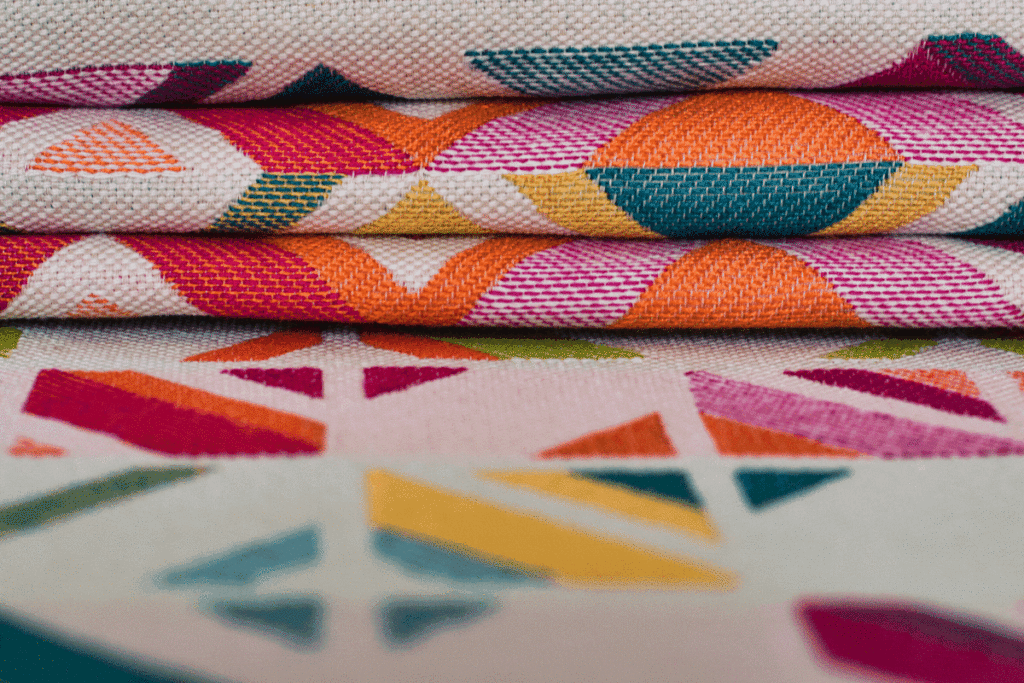Are you passionate about fabrics, colors, and patterns? Do you have a keen eye for design and a knack for creating unique and appealing textiles? If so, a career as a textile designer might be the perfect fit for you. In this comprehensive guide, we will explore the world of textile design, from the skills and qualifications needed to succeed in this field to the various career paths available. So, let’s dive in and discover what it takes to become a successful textile designer.
1. Develop your artistic skills
As a textile designer, having a strong foundation in art is crucial. Start by honing your drawing and painting skills, as these will form the basis of your designs. Experiment with different mediums and techniques to expand your artistic repertoire.
2. Learn about textile materials and techniques
Familiarize yourself with various textile materials and techniques, such as weaving, knitting, printing, and embroidery. Understanding the characteristics of different fabrics and how they interact with different techniques will help you create designs that are not only visually appealing but also functional.
3. Stay updated with the latest trends
The fashion and textile industry is constantly evolving, with new trends emerging each season. Stay updated with the latest fashion shows, exhibitions, and trade fairs to get a sense of the current trends in the industry. This will help you create designs that are relevant and marketable.
4. Get a formal education
While not mandatory, a formal education in textile design can greatly enhance your skills and knowledge in the field. Many universities and art schools offer degree programs in textile design, such as New York University (NYU) Tisch School of the Arts, Parsons School of Design (part of The New School), Fashion Institute of Technology (FIT), and Fashion Institute of Design & Merchandising (FIDM). These programs provide a comprehensive curriculum that covers everything from design principles to technical skills.
5. Build a strong portfolio
Your portfolio is your calling card as a textile designer. It showcases your creativity, technical skills, and design aesthetic. Include a variety of projects that highlight your range and versatility. Consider creating a digital portfolio as well, as it allows you to easily share your work with potential employers or clients.
6. Gain practical experience through internships or apprenticeships
Internships and apprenticeships provide invaluable hands-on experience in the industry. Look for opportunities at textile design studios, fashion houses, or even textile manufacturing companies. These experiences not only allow you to apply your skills in a real-world setting but also provide networking opportunities.
7. Develop your technical skills
In addition to artistic skills, textile designers need to have a solid understanding of technical aspects such as pattern drafting, CAD (computer-aided design) software, and manufacturing processes. Take courses or workshops to enhance your technical skills and stay updated with the latest software and technology used in the industry.
8. Network within the industry
Building a strong professional network is essential in any creative field. Attend industry events, join professional associations, and connect with fellow designers, manufacturers, and retailers. Networking can lead to valuable collaborations, job opportunities, and mentorship.
9. Consider specializing in a niche
Textile design is a broad field, and specializing in a niche can help you stand out from the competition. Whether it’s sustainable textiles, children’s wear, or home furnishings, find an area that aligns with your interests and strengths and become an expert in that niche.
10. Continuously learn and adapt
The world of textile design is ever-evolving, with new techniques, materials, and technologies being introduced regularly. Stay curious and open to learning new things. Attend workshops, take online courses such as those offered by Yellowbrick and stay updated with industry publications to stay ahead of the curve.
Key Takeaways:
- Developing strong artistic skills and a deep understanding of textile materials and techniques is crucial for success as a textile designer.
- Staying updated with the latest trends in the fashion and textile industry helps create designs that are relevant and marketable.
- Consider pursuing a formal education in textile design to enhance your skills and knowledge.
- Building a strong portfolio showcasing your creativity and technical abilities is essential for attracting potential employers or clients.
- Gain practical experience through internships or apprenticeships to apply your skills in real-world settings and expand your network.
- Developing technical skills in pattern drafting, CAD software, and manufacturing processes is important for executing designs effectively.
- Networking within the industry can lead to valuable collaborations, job opportunities, and mentorship.
- Specializing in a niche area of textile design can help you stand out and become an expert in your chosen field.
- Continuously learning and adapting to new techniques, materials, and technologies keeps you ahead in the ever-evolving world of textile design.
As you embark on your journey to become a successful textile designer, remember to stay curious, open to learning, and embrace your passion for fabrics and design. Consider taking online courses, such as the FIDM Fashion Design program offered by Yellowbrick, to further enhance your skills and stay updated with industry advancements. With dedication, creativity, and a commitment to continuous growth, you can thrive in this exciting and rewarding career.





